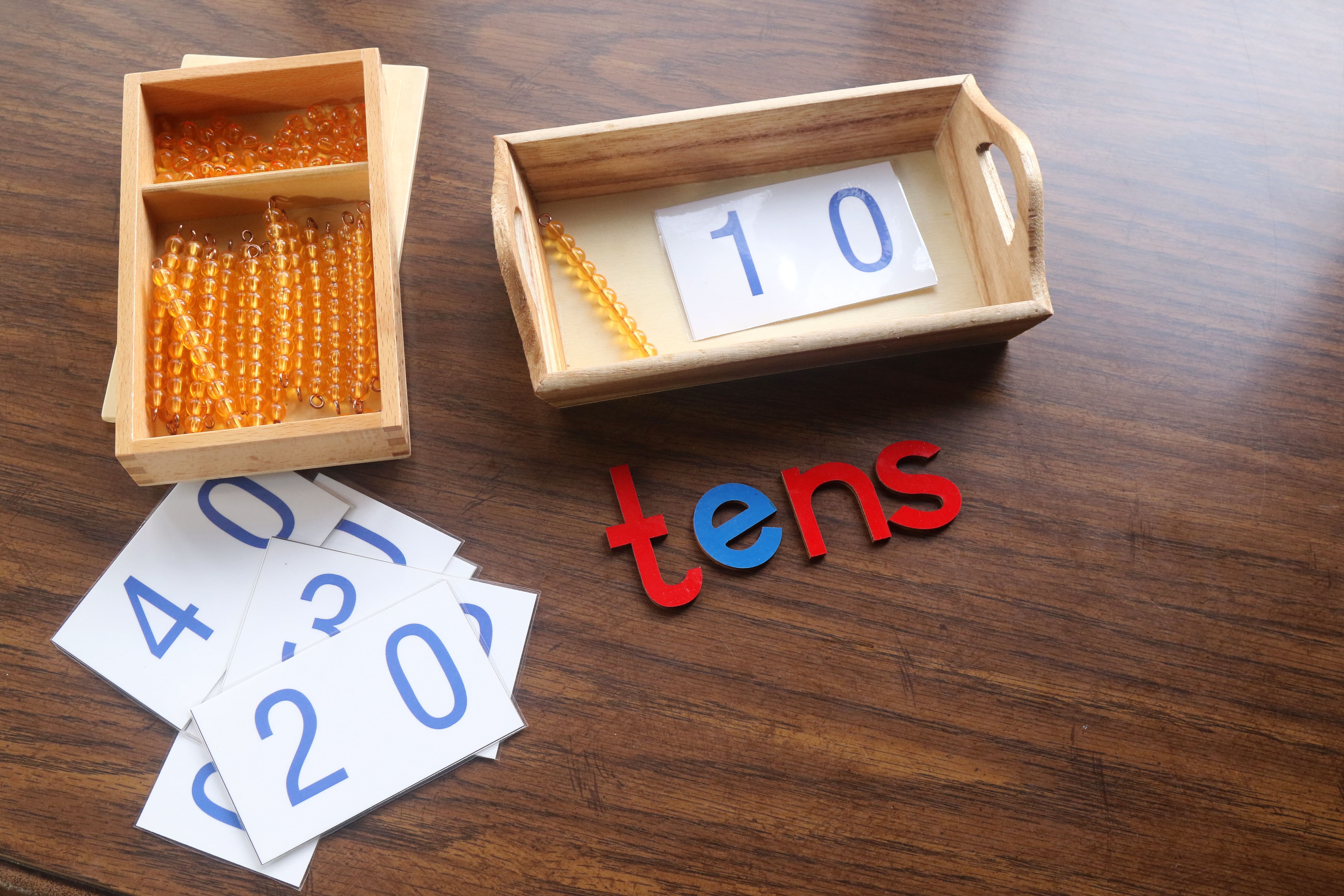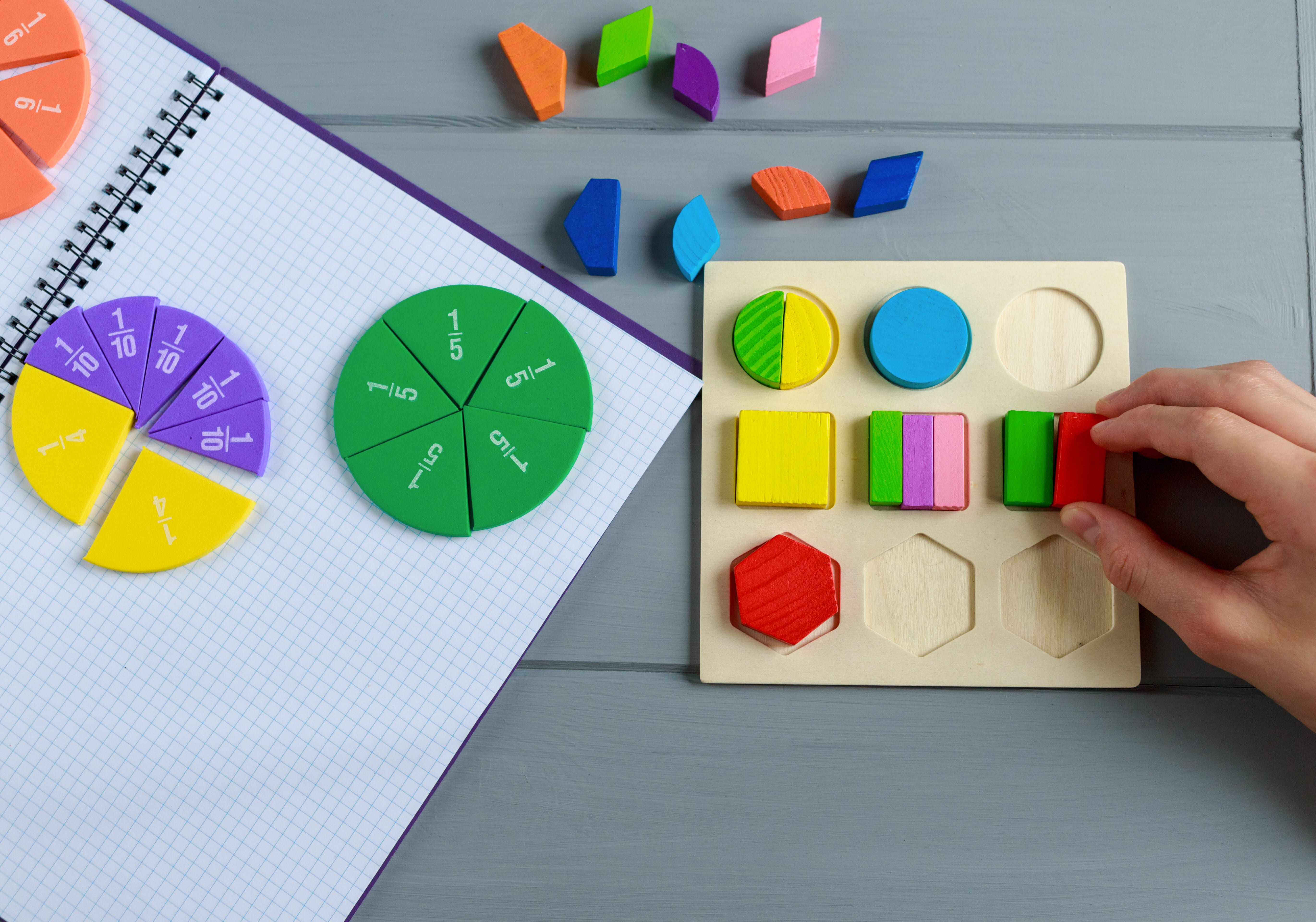Place value lesson planning and problems for years 1 to 6

Place value is an elementary part of Maths. It is important that children understand that whilst a digit can be the same, its value depends on where it is in the number.
This article will discuss a variety of topics and provide handy links to teaching resources for place value. We have lots covered in our handy links: place value for year 1 and 2, place value activities and lesson plans for year 3, years 4 and 5 place value worksheets, and year 6 place value worksheets and lessons. Read on to find out more!
What does a place value lesson involve?
Teaching place value can be straightforward with the right plan in place: At its core, it is about understanding the value of each digit in a number: the 6 in 360 represents 6 tens, or 60; however, the 6 in 6,006 represents 6 thousand, or 6,000, and so on.
Above a number, you can label the value of each digit. Often these will just appear with letters on them to represent each position: Millions, Hundred Thousands, Ten Thousand, Thousands, Hundreds, Tens, Ones, tenths, hundredths, and so on.
On Pango, you can find more place value tables, or grid, and activities here. With the exception of those who have specific learning challenges, like dyscalculia, it takes very little at all to make your own table and then you can physically manipulate the numbers to show their place value. This makes a real difference when working with children.
Planning a great place value lesson
This section will concentrate on what a good place value lesson involves.
A good lesson should be one where, in the end, students will be able to visualise the place value of ones, tens, and hundreds. They can do this using manipulatives or physical objects.
Activities can provide students opportunities to transfer concrete information to more abstract practice using digits without physical place value representations.
These examples may illuminate place value with greater clarity. First, that if students understand that the three digits of a three-digit number represent amounts of hundreds, tens, and ones; e.g., 706 equals 7 hundreds, 0 tens, and 6 ones then, secondly, 100 can be thought of as a bundle of ten tens — called a 'hundred.'
You may want to read and write numbers to 1000 using base-ten numerals, number names, and expanded form.
Alternatively, you may want to start with an anchor chart that looks a bit like this. This may suit more advanced students.
This anchor chart helps students understand and remember four ways to represent numbers and place values with an anchor chart. Making the chart into something visual like a robot definitely adds a little something to the engagement.
You may also want to use a storybook to explain place value — a fun and entertaining place value book that captures kids’ imagination while helping them understand how place value works and why it matters. There are plenty of options out there, but here are a few favourites.
- Zero the Hero, Joan Holub/Tom Lichtenheld
- Sir Cumference and All the King’s Tens, Cindy Neuschwander/Wayne Geehan
- Place Value, David A. Adler/Edward Miller
Setting objectives
Any lesson plan should announce explicitly what students will take away by the end of the lesson. You might want to say this out loud to your students too. After a place value lesson, students should be able to:
- recognise the value of a digit based on its location within a number
- create, read, and write numbers up to 1,000
- create numbers by putting digits in places with specific values
Keep it simple
The concept of place value, while not an especially hard one compared to others in mathematics, should be simplified where necessary for students to understand. ‘What does a place value lesson involve?’ has already explained this in some detail.
In addition to labelling each digit with hundredths, tens and so on, you may ask students to demonstrate their understanding of place value by showing one number in a variety of ways, using an activity sheet and physical objects that look a bit like this provided by WeareTeachers.
Keep it relevant
Place value will be relevant to the students’ lives on a day to day basis — teachers could invent a little amusing anecdote about someone entering £392 or $392 rather than 3.92 when sending money on a phone app because they did not know what the important decimal point signified, or they simply missed it out.
Assessments
When a young student understands place value, they are usually able to round numbers to a specific place. The key is understanding that rounding numbers are essentially the same as rounding digits. The general rule is that if a digit is five or greater, you round up. If a digit is four or less, you round down.
This is important because only by understanding place value can students move onto more areas in maths that are intrinsically more difficult.
Place value activities and problems for year 1
There are some great place value activities and problems for year 1 on Pango including this place value game from Buzzard Publishing to bring some fun to your maths lessons.
Place value activities and problems for year 2
Pango is packed full of Place value activities and problems for year 2 . We particularly like this place value charts powerpoint and worksheet from Teacher of Primary.
Place value activities and problems for year 3
For teaching year 3 place value, you can find a library containing hundreds of place value resources here. For example, this lesson contains a powerpoint and activities, all focused on comparing and ordering numbers up to 1000.
Place value activities and problems for year 4
For Years 3 - 6, place value games are a great way to consolidate knowledge and understanding of place value. Additionally, there are plenty of high-quality place value year 4 resources here.
Place value activities and problems for year 5
For year 5, this library of place value resources brings together lessons and activities from White Rose, Teacher of Primary, Buzzard Publishing and more! For example, this place value lesson contains a ready-to-go powerpoint and worksheets that your class will love and are curriculum-aligned.
Place value activities and problems for year 6
For year 6 place value, games are perfect for consolidating all the place value learning throughout Primary school. For example, we love this 'Make 100' game that will keep all your pupils engaged.
Lesson planning with Pango
Pango can help teachers plan and resource all kinds of maths lessons, with its lesson planning tools allowing you to track curriculum targets. By partnering with dozens of quality and award-winning resource providers, Pango saves you precious lesson planning time - allowing you to discover schemes, units, lessons and resources across the entire Primary curriculum, without changing tabs!
Discover faster lesson planning today!



